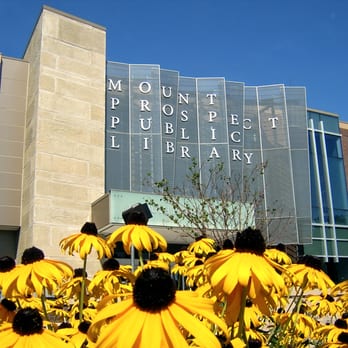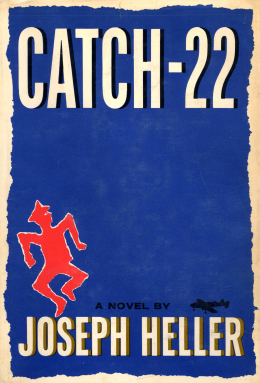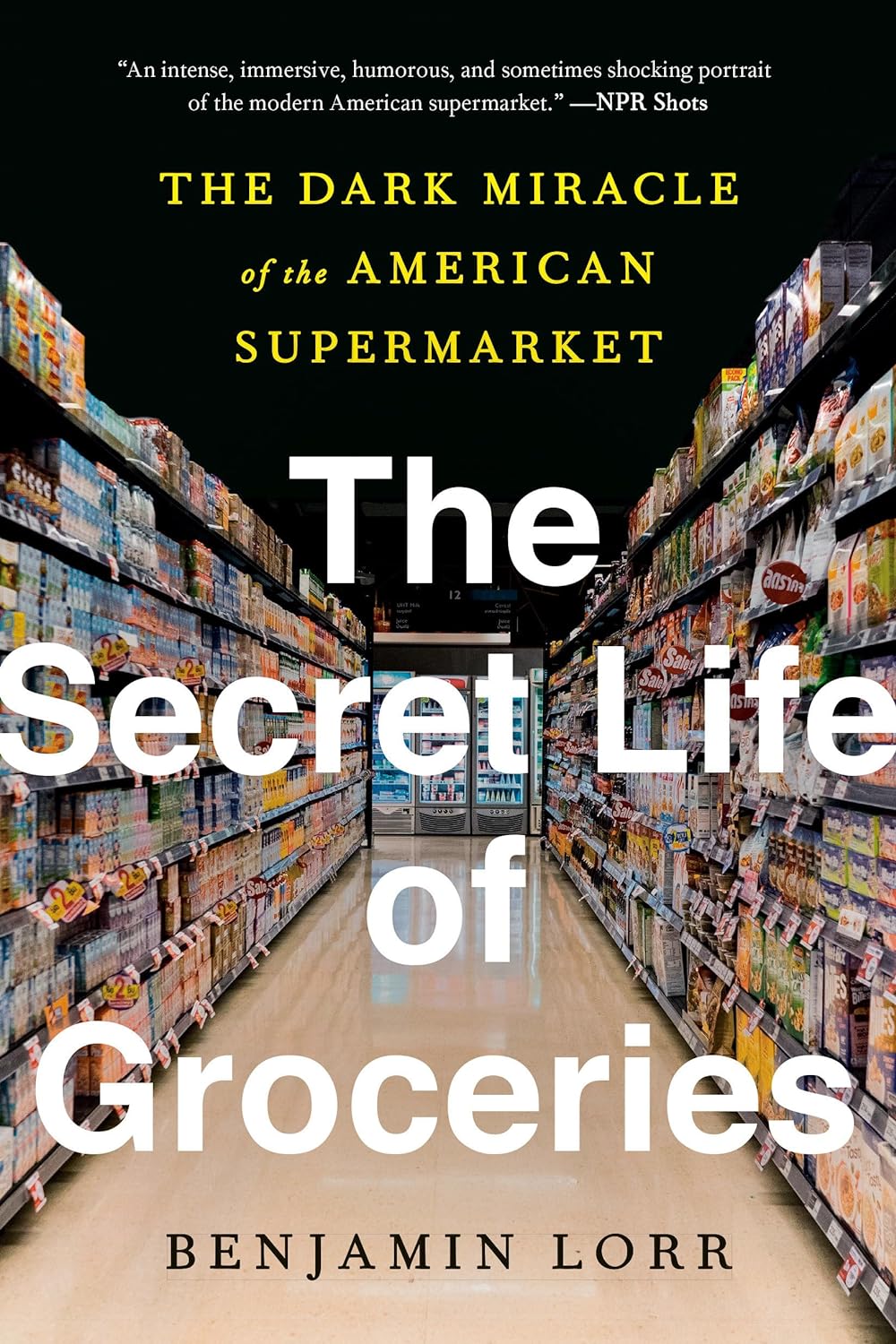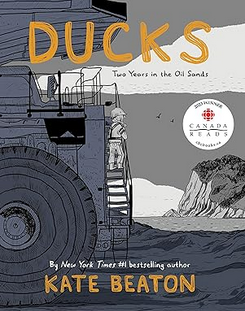 This is the title of an Ann Patchett essay published in the March 1, 2021 is of The New Yorker. (article requires subscription – one free article per some period)
This is the title of an Ann Patchett essay published in the March 1, 2021 is of The New Yorker. (article requires subscription – one free article per some period)
The author describes helping a childhood friend, Tavia, clean out the house of her friend’s recently deceased father. The father – divorced for decades and moved to a new city – had pretty much just had his daughter to clean up years of accumulation.
Patchett – herself married with just her husband and one (out-of-town) step daughter left alive – and her childhood friend came to a conclusion:
Holding hands in the parking lot, Tavia and I swore a quiet oath: we would not do this to anyone. We would not leave the contents of our lives for someone else to sort through, because who would that mythical sorter be, anyway?
I saw an ad for this article in March 2023, as I was just finishing up helping move my (still living) father out of his house of 59 years – two floors plus a full basement, two-car garage and yard…into a one bedroom senior assisted living center.
As the closest (distance) relative, I did most of the cleaning, deciding what to give /to whom, so this story/description struck a nerve as they say.
I made a note of it and about a year later went looking for it. The New Yorker search was worthless (even with essay title and author – bad magazine!). Found via Google, of course.
It was well worth the search.
Yes, the author and her friend made a pact to not have others do for them what they had to for her friend’s father.
Where does “How to Practice: come in?
Patchett and her husband were approached by a real estate friend about a house the agent thought they would just love. Patchett and her husband had talked about her labors with Tavia, and agreed that if they moved they would do a purge of belongings before settling into the new house.
Nothing came of the new property, but Patchett floated the idea of “practicing” the purge in their existing house. Her husband – a doctor, and less of a pack-hound than the author – agreed.
What follows is – mostly – Patchett’s purge. How many kitchen whisks are necessary? And so on.
But it’s not just getting rid of stuff – give away, sell, toss in the trash. It’s getting ready for your death. As she and Tavia swore, no one should have to go through their “stuff” after they died; they would try to proactively do the same.
Patchett was essentially performing her own Estate Sale before her own demise. She was “practicing” to be dead. That’s a powerful … rite of passage(?).
What would you give/toss of yours before you’re dead? Patchett found her limit. A friend’s daughter was looking for a manual typewriter, of which she had – even after “practicing” – a couple left.
But she could not part with the typewriter that she essentially had not used for decades because it helped type her grants, first published/rejected pieces etc.
To the friend’s daughter, it had value. What she was looking for to use.
To Patchett, it had immeasurable value because of what it HAD been used for in the past.
A very New Yorker (in a good way) article on several levels.
“Practice” at your own risk, especially as you age.
 We both like movies, and I worked for years at Family Video (RIP – domain doesn’t even go anywhere today) with exposure to movies and such.
We both like movies, and I worked for years at Family Video (RIP – domain doesn’t even go anywhere today) with exposure to movies and such. 

 I’m not certain of the context of this Catch-22 (1961) quotation, but I stumbled across this on the internet the other day, and, boy, does it capture the shabbiness of some of our current politics.
I’m not certain of the context of this Catch-22 (1961) quotation, but I stumbled across this on the internet the other day, and, boy, does it capture the shabbiness of some of our current politics. I ran across the book on an
I ran across the book on an  This is the title of an Ann Patchett essay published in the March 1, 2021 is of The New Yorker. (
This is the title of an Ann Patchett essay published in the March 1, 2021 is of The New Yorker. ( I can’t remember where or when I ran across this book: It was either an online review or a recommendation from someone I saw on social media.
I can’t remember where or when I ran across this book: It was either an online review or a recommendation from someone I saw on social media.
 I just finished Heather McGhee’s book The Sum of Us.
I just finished Heather McGhee’s book The Sum of Us.